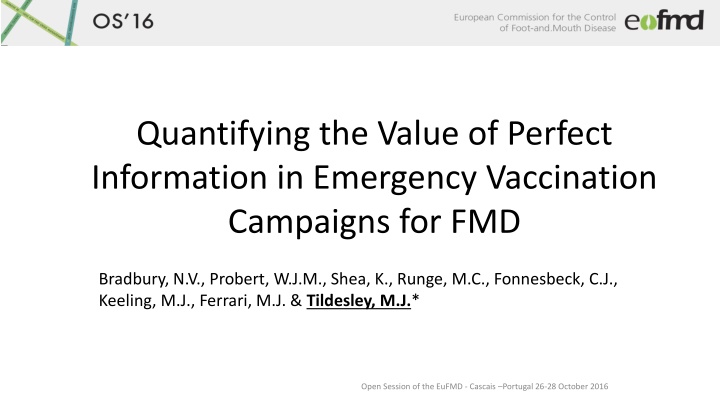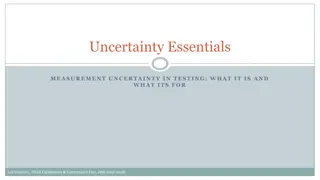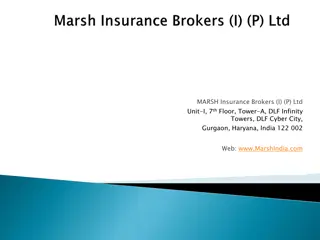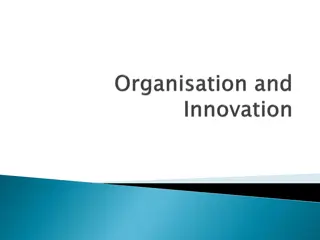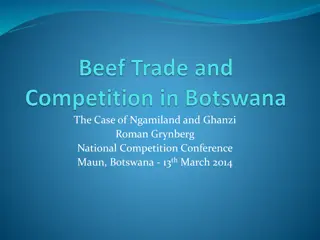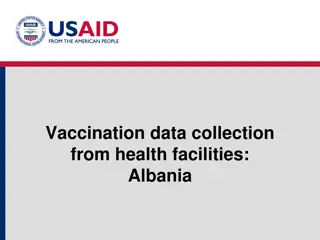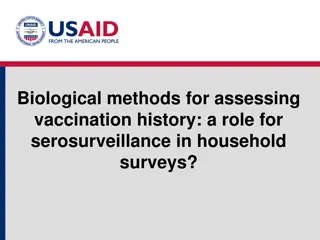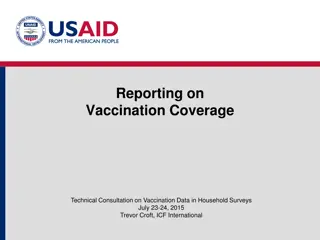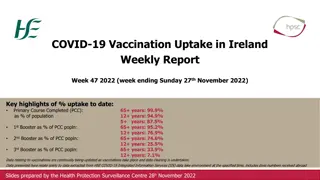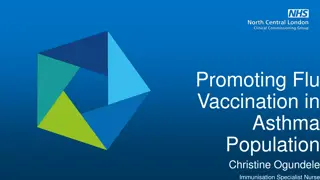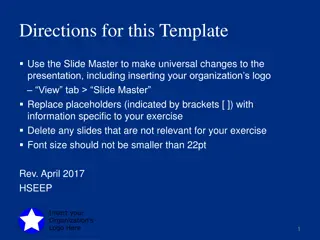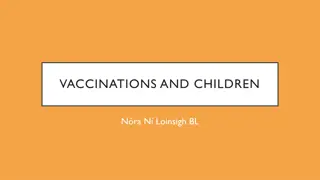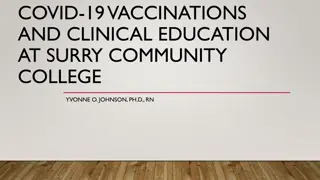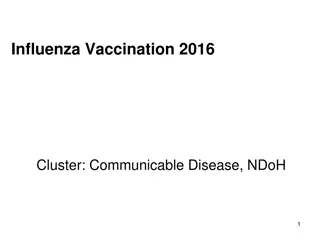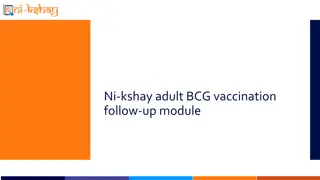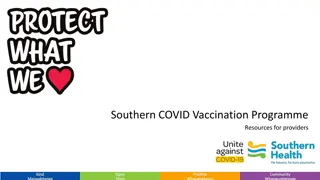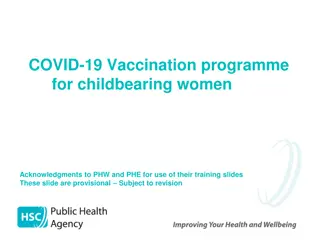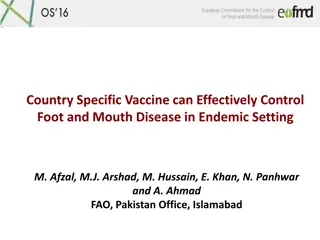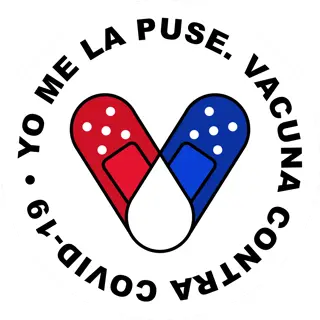Managing Uncertainty in Emergency Vaccination Campaigns for FMD
Exploring the value of perfect information and the dynamics of information analysis during disease outbreaks, particularly focusing on emergency vaccination for Foot-and-Mouth Disease (FMD). Addressing uncertainties surrounding FMD control, vaccine effectiveness, capacity, and optimal vaccination strategies amid outbreaks. Insights into dealing with unpredictability when making disease control predictions.
Download Presentation

Please find below an Image/Link to download the presentation.
The content on the website is provided AS IS for your information and personal use only. It may not be sold, licensed, or shared on other websites without obtaining consent from the author.If you encounter any issues during the download, it is possible that the publisher has removed the file from their server.
You are allowed to download the files provided on this website for personal or commercial use, subject to the condition that they are used lawfully. All files are the property of their respective owners.
The content on the website is provided AS IS for your information and personal use only. It may not be sold, licensed, or shared on other websites without obtaining consent from the author.
E N D
Presentation Transcript
Quantifying the Value of Perfect Information in Emergency Vaccination Campaigns for FMD Bradbury, N.V., Probert, W.J.M., Shea, K., Runge, M.C., Fonnesbeck, C.J., Keeling, M.J., Ferrari, M.J. & Tildesley, M.J.* Open Session of the EuFMD - Cascais Portugal 26-28 October 2016
Value of information (VOI) analysis During outbreaks research focuses on analysing the dynamics of that outbreak
Value of information (VOI) analysis During outbreaks research focuses on analysing the dynamics of that outbreak Between outbreaks we can increase our knowledge so there is less uncertainty in future outbreaks
Value of information (VOI) analysis During outbreaks research focuses on analysing the dynamics of that outbreak Between outbreaks we can increase our knowledge so there is less uncertainty in future outbreaks The use of emergency FMD vaccination as a control measure has been contentious, partly due to uncertainty
So how do we deal with uncertainty when making predictions regarding control?
Uncertainty surrounding emergency vaccination How does emergency vaccination work in livestock? How effective is the vaccine? How long is the delay between vaccination and immunity?
Uncertainty surrounding emergency vaccination How does emergency vaccination work in livestock? How effective is the vaccine? How long is the delay between vaccination and immunity? How many cattle do we have the capacity to vaccinate each day as part of an emergency response?
Vaccination Throughout the 2001 UK FMD epidemic we were continually asked about vaccination. What size of vaccination ring should we use? How do we determine the optimal ring with uncertainty regarding efficacy, capacity and time delay? IP Vaccine Efficacy 50% 100% 0% Vaccinate Don t vaccinate Maybe vaccinate Large rings? Small rings? OS16
Vaccination Throughout the 2001 UK FMD epidemic we were continually asked about vaccination. What size of vaccination ring should we use? How do we determine the optimal ring with uncertainty regarding efficacy, capacity and time delay? IP Vaccine Efficacy 50% 100% 0% Should we vaccinate? If so, what ring size should we use? OS16
A Toy Example Let s assume we know the following: Vaccine Efficacy is either 50%, 70% or 90%. Time Delay to Immunity is either 2, 4 or 6 days. Vaccine capacity is either 20K, 35K or 50K doses per day. Policy Makers are considering 5 possible vaccination radii: 3km, 5km, 7km, 10km or 15km.
The Warwick Model Probability of infection per day for every susceptible farm is given by: [ i ] ps][TcNc,j qc + TsNs,jqs]K(dij) Prob = 1 - exp - [ScNc,i pc+ SsNs,i Infected j Sc/s N i - susceptibility of cattle/sheep. - number of cattle/sheep on farm i. - Transmission rate of cattle/sheep. c/s Tc,s - The transmission kernel. A parameter which weights the probability of infection based on the distance between farm i and farm j. K(dij) All parameters are estimated through fitting to 2001 UK epidemic data. Transmission Risk Kernel Distance from source
Results Average number of cattle culled (in millions) for vaccine efficacy of 90%, 6 day delay to immunity and 50000 doses per day. Optimal strategy is independent of time delay to immunity.
Results Average number of cattle culled (in millions) for vaccine efficacy of 90%, 6 day delay to immunity and 50000 doses per day. Optimal strategy is independent of time delay to immunity. Optimal vaccination radius highly dependent upon number of doses per day.
Uncertainty in Vaccine Capacity If it is possible to know a priori how many doses are available, the optimal strategy can be determined. 100% sure that 20,000 doses are available 5km vaccination optimal. 100% sure that 50,000 doses are available 15km vaccination optimal. Optimal strategy varies depending upon your weight of belief in the three levels of constraint. OS16
Optimal strategy to minimise epidemic duration is independent of efficacy and time delay. OS16
What are the savings that can be made by resolving the uncertainty surrounding vaccination?
What are the savings that can be made by resolving the uncertainty surrounding vaccination? Looking at livestock culled: If we resolved all uncertainty, we predict that 221,900 fewer livestock would need to be culled.
What are the savings that can be made by resolving the uncertainty surrounding vaccination? Looking at livestock culled: If we resolved all uncertainty, we predict that 221,900 fewer livestock would need to be culled. Knowing the true: vaccine delay would give 3% of this saving
What are the savings that can be made by resolving the uncertainty surrounding vaccination? Looking at livestock culled: If we resolved all uncertainty, we predict that 221,900 fewer livestock would need to be culled. Knowing the true: vaccine delay would give 3% of this saving vaccine efficacy would give 7.3% of this saving
What are the savings that can be made by resolving the uncertainty surrounding vaccination? Looking at livestock culled: If we resolved all uncertainty, we predict that 221,900 fewer livestock would need to be culled. Knowing the true: vaccine delay would give 3% of this saving vaccine efficacy would give 7.3% of this saving vaccine capacity would give 89.7% of this saving
Conclusions There are potential savings to be made by resolving uncertainty regarding the capacity for emergency vaccination before a FMD outbreak
Conclusions There are potential savings to be made by resolving uncertainty regarding the capacity for emergency vaccination before a FMD outbreak Resolving uncertainty regarding the effectiveness of the vaccine appears to have significantly less effect upon the optimal vaccination strategy
Conclusions There are potential savings to be made by resolving uncertainty regarding the capacity for emergency vaccination before a FMD outbreak Resolving uncertainty regarding the effectiveness of the vaccine appears to have significantly less effect upon the optimal vaccination strategy This allows for informed decisions to be made about the best vaccination ring size for outbreak control
Acknowledgements Naomi Bradbury (Warwick) Will Probert (Warwick) Matt Ferrari (Penn State) Kat Shea (Penn State) Matt Keeling (Warwick) Chris Fonnesbeck (Vanderbilt) Mike Runge (USGS)
